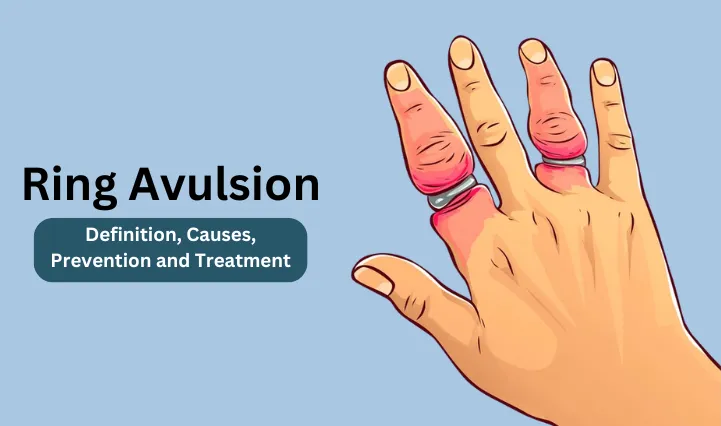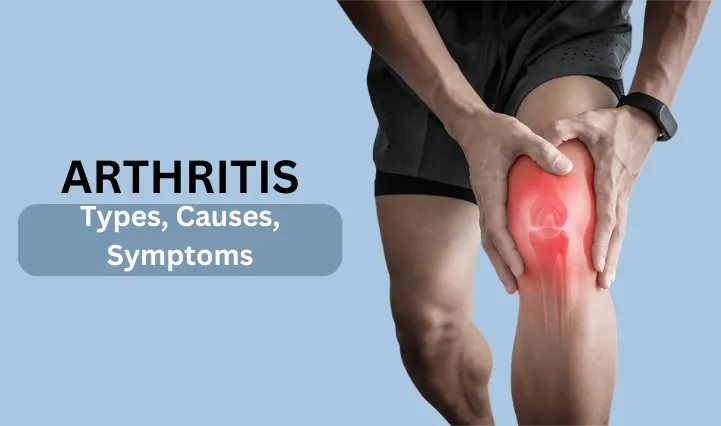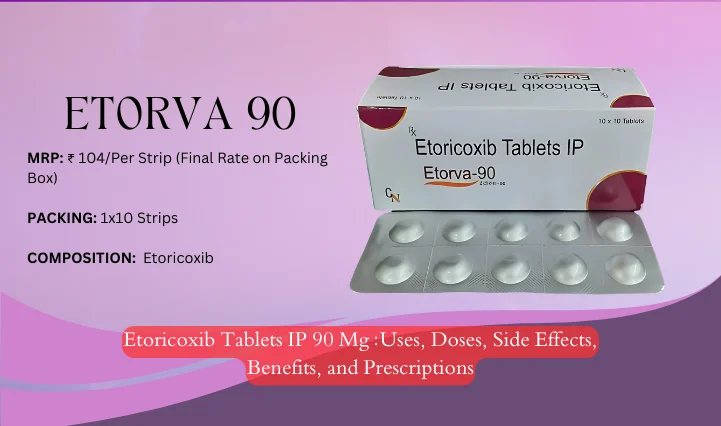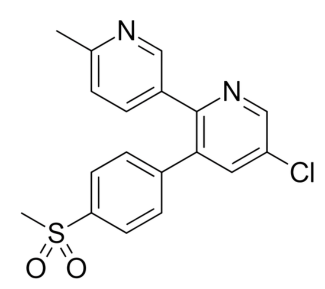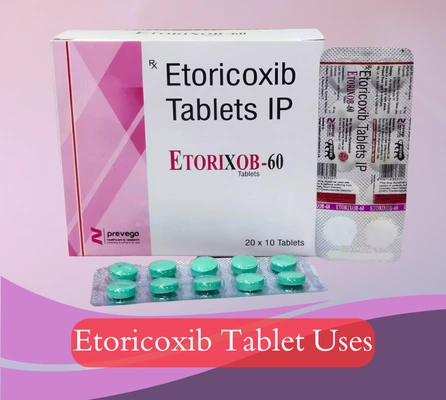Ofloxacin is an antibiotic used to treat a wide variety of bacterial infections in different body parts. It is a fluoroquinolone antibiotic that kills or stops the growth of the bacteria that causes infections. Fluoroquinolone antibiotics are usually prescribed when all other types of treatment for bacterial infections have been exhausted.
Ofloxacin Tablet Uses
This is a prescription-based medication that a doctor may give to the patient for the treatment of bacterial infections, such as:
- Respiratory infections such as pneumonia, bronchitis and sinusitis
- Urinary tract Infections including bladder and kidney infections
- Sexually Transmitted Infections such as Gonorrhea and chlamydia
- Skin and soft tissue infections such as Cellulitis and abscesses
- Eye and ear infections in the form of eye and ear drops
- Digestion or gastrointestinal infections such as Traveller’s diarrhea and typhoid fever
- Bone or joint infections such as Osteomyelitis
Ofloxacin Tablet Working
Ofloxacin is an antibacterial medication that works against both gram-positive and gram-negative bacteria. The medication works by interfering with bacterial enzymes that are required for bacterial DNA replication. It inhibits bacterial DNA gyrase and topoisomerase IV. Lack of ability to replicate eventually leads to the death of the infection-causing bacteria.
Ofloxacin Tablet Side Effects
Patients who take Ofloxacin tablets may experience the following common side effects. These side effects are –
- Nausea
- Vomiting
- Diarrhea
- Dizziness
- Headache
- Trouble sleeping or Insomnia
Ofloxacin Tablet Serious Side Effect
Some of the serious side effects that will require the patient to seek medical attention are as follows –
- Tendon Rupture, especially of the Achilles tendon
- Severe form of diarrhea
- Nerve Damage and Seizures
- Heart Rhythm problems such as QT prolongation
Ofloxacin Tablets Precautions
Ofloxacin tablets should be avoided under the following circumstances –
- In case a patient has a history of tendon-related disorders
- Epilepsy or seizure disorders
- Heart conditions (QT prolong)
In certain scenarios, it should be used only under medical supervision –
- Elderly patients as they have a higher risk of tendon rupture
- Pregnant or breastfeeding women should be prescribed this medication only if necessary
- This medication may affect the blood sugar levels of diabetics
Ofloxacin Dosage and Strength
Ofloxacin is available in a variety of strengths such as 200 mg, 400 mg, and 600 mg tablets. The dosage and tablet strength are prescribed on the basis of the infection as well as the severity of the infection. Please note that Ofloxacin tablets can be taken with or without food. However, these tablets should not be taken with dairy products. Dairy products reduce the adsorption of medication into the body, reducing its effect.
The dosage based on the type of infection is as follows.
| Infection | Dosage |
| UTIs and respiratory infections | 200-400 mg twice daily |
| Gastrointestinal infections | 400 mg once or twice daily |
| Sextually Transmitted Disease | 400 mg as a single dose (for gonorrhea) |
| Severe Infections | Sexually Transmitted Disease |
Ofloxacin Drug Interactions
The Ofloxacin tablets are not recommended for a patient if he/she is taking the following medication:
- Antacids or supplements such as calcium, Iron, and Zinc reduce adsorption
- Blood thinning medication such as Warfarin) as it increases bleeding risks
- NSAIDs (Ibuprofen, Naproxen) – Higher risk of seizures
- Drugs affecting heart rhythm – Increased risk of QT prolongation
Ofloxacin Brands In India
Well-known brands that sell ofloxacin tablets in India are –
- Oflomac
- Zanocin
- Oflokem
- O2 (Ofloxacin + Ornidazole for gut infections)
Ofloxacin Storage Guidelines
To maintain the effectiveness of ofloxacin tablets they should be stored in the following manner.
- They should be stored at a temperature of 20-25 degrees Celsius. Avoid storing them in the freezer or excessively hot places.
- They should be stored in a dry place away from humidity.
- They should be stored away from direct sunlight as they can degrade due to UV light.
- It is best to store the medication in its original packaging.
- It should be kept away from children and pets
Ofloxacin Tablets Disposal
Ofloxacin tablets should be disposed of in a safe manner. These tablets should not be flushed down the toilet and local guidelines with regards to the disposal of the medication should be followed.
Frequently Asked Questions
Ans. It is used to treat a wide variety of bacterial infections of the gastrointestinal tract, UTIs, skin, soft tissue, and bone infections.
Ans. Yes, it is a strong antibiotic and should be used with a prescription from a doctor.
Ans. Ofloxacin is used to treat a wide variety of both gram-positive and gram-negative infections.
Ans. शरीर के कई अलग-अलग हिस्सों में कुछ जीवाणु संक्रमणों के इलाज के लिए इस्तिमाल किया जाता है, जैसे फेफड़े की बिमारीअ (निमोनिया, ब्रोंकाइटिस और साइनोसाइटिस). इसके अलावा यह इन बिमारिओं के लिए भी इस्तेमाल होता है –
1. यूरिनरी ट्रैक्ट इन्फेक्शन्स जैसे ब्लैडर और किडनी इन्फेक्शन्स
2. सेक्सटुअल्ली ट्रांसमिटेड इन्फेक्शन्स जैसे गोनोरिया और चलमीडिए
3. पैठ की बीमारी जैसे ट्रैवलर’स डायरिया और टाइफाइड फीवर
4. जोड़ो की बीमारी जैसे ओस्टोमयेलिटिस
Disclaimer: The information on this blog is strictly for informational purposes. It is not a substitute for professional medical advice. Please consult your doctor before taking any medication.



